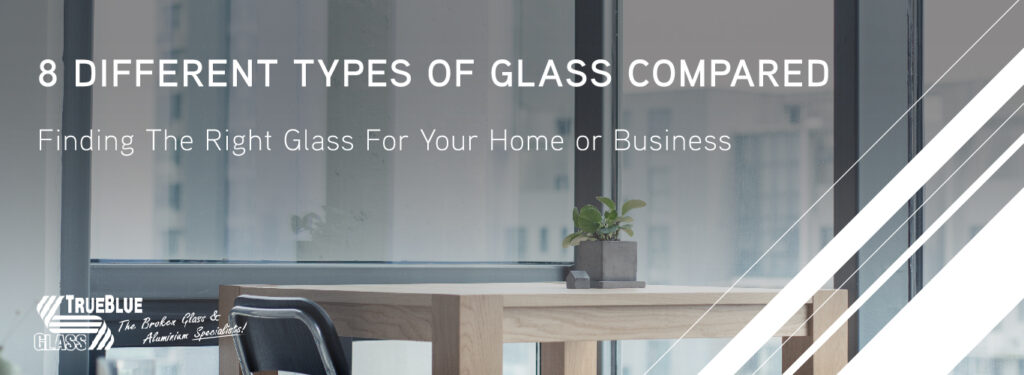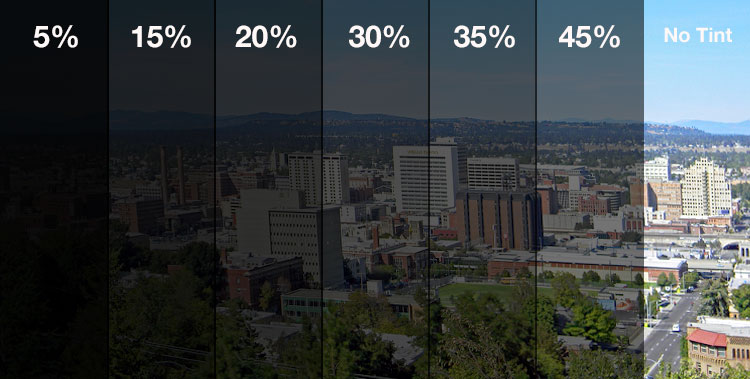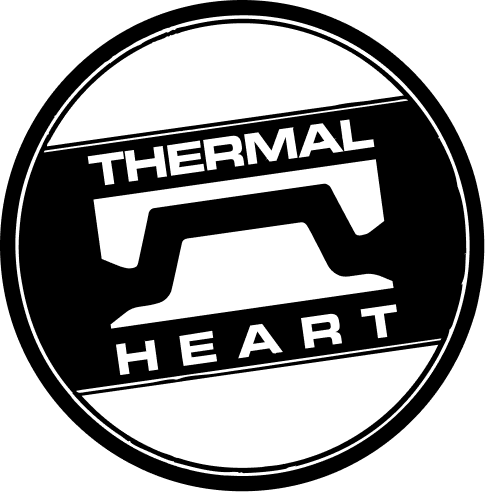Glass is one of the most important construction building materials in both domestic and commercial settings. Today, there are many glass types available on the market and each one offers a unique difference. Here we will share the most common glass types, their pros and cons and what they are best used for.
Annealed Glass
Annealed Glass is a basic clear glass that is often used for windows and doors. It allows ample light in and can be either clear or coloured. It is commonly used as a base glass to form more technical glass varieties. Annealed glass is the minimum standard for glass installed in a home.
Pros
1. Budget friendly
2. Strong against wind and heat changes
3. Allows full light transmission
4. Superior visibility
5. Available in opaque and different tones
Cons
1. Breaks into large irregular shapes
2. Can only be used for limited sizes due to its strength
Toughened Glass
Toughened glass is commonly known as safety glass. It starts off as annealed glass and is heated and cooled quickly to make it more durable. The glass becomes 5 times stronger via this process. Toughened glass is used to replace annealed glass in areas that require structural strength such as large panels of glass, in bathrooms and elevation windows.
Pros
1. Strong, safe, and highly resistant to heat
2. If broken, it shatters into tiny pieces making it safer than annealed glass that breaks into big shards
3. Physically and thermally stronger than regular glass
4. Suitable for use in large openings
5. Available in opaque different tones
Cons
1. Cannot be recut once its produced. This is something that should be considered if you want toughened glass for a sliding door and then decide later you want to install a pet door. The whole panel will need replacing.
Laminated Glass
Laminated glass is classed as a safety glass and it is made up of two or more sheets of glass. They are adhered together permanently and it is highly resistant to impact. Laminated glass is a budget friendly alternative to toughened glass and can be used for much of the same purposes.
Pros
1. High security
2. Does not break easily
3. Higher resistance to UV rays than other glass types
4. Sound insulation
Cons
1. Can be hard to break in an emergency
2. If exposed to water for an extended period of time it can compromise the interlayer.
Tinted Glass
Tinted glass is coloured in the manufacturing process. The most popular tinted glass colours are blue, green, and grey. Tinted glass reduces the severity of glare and heat from the sun and are an ideal glass solution for bright outdoor areas.
Pros
1. Reduce furniture fading from harsh UV rays
2. Maximise privacy in the day
3. Minimise heat and glare
Cons
1. Decreases visible light
2. Reduces visibility
Frosted Glass
Frosted glass is used in both domestic and commercial environments and is commonly used to enhance bathroom areas. They come in a variety of patterns and can be used to improve the natural light in the room as well provide ample privacy.
Pros
1. Increases privacy
2. Diffuses light
3. Easy to clean
4. Great alternative to blinds or curtains for windows
Cons
1. Frosted glass can be made of annealed or toughened glass, depending which type you choose the same disadvantages would apply.
Mirrored Glass
Mirrored glass is also known as reflective glass and provides a mirror effect. It can be used as a mirror or for furniture and tabletops.
Pros
1. Mirrored glass reflects light which makes it perfect for smaller areas to create the illusion of space. It can be cut in a variety lengths, shapes, and styles so you can customise it suit your design ideas.
Cons
1. Once adhered to a wall, mirrored glass is troublesome to remove. They are normally positioned using silicone and in some cases it can damage the wall if taken off.
Low E Glass
Low E Glass is an abbreviated term for Low Emissivity Glass. It has a microscopic and transparent metallic coating that minimises the movement of heat or cold through the glass making your home more energy efficient.
Pros
1. Reduce energy consumption
2. Can be used with both laminated and double-glazing glass
3. Increases insulation
Cons
1. Can have a blurred appearance in some lights/angles
Wired Glass
Wired glass has wire mesh reinforced into the glass and has been used for decades as a preventative measure to stop glass falling if a fire were to occur. It is commonly used in government buildings such as schools, institutions and offices and is normally installed in fire escape routes, fire resistant doors, and skylights.
Pros
1. Highly resistant to heat
2. Prevents break ins
Cons
1. If broken, sharp wire is exposed and can cause injuries
2. Wire obstructs visibility
3. If exposed to prolonged bouts of humidity and rain the wire can rust
4. Only classed as a B grade safety glass
Double Glazing
Double glazed glass is made of two layers of glass that are separated by a gap that is filled with air or argon gas and then sealed closed. The gap between the two glass panels drastically reduces the rate of heat through the glass and thermal conductivity. They are a good option in areas where you want greater control over the amount of heat going in and out through the glass.
Pros
1. Reduce energy costs
2. Minimise condensation
3. Reduce noise
4. Superior insulation performance
Cons
1. Can be more costly
Here at True Blue Glass we specialise in all facets of residential and trade glass and our work is completed to the highest safety and construction standard by qualified glaziers. If you have any questions regarding glass for your home or job, give our friendly team a call and we will happily assist.





